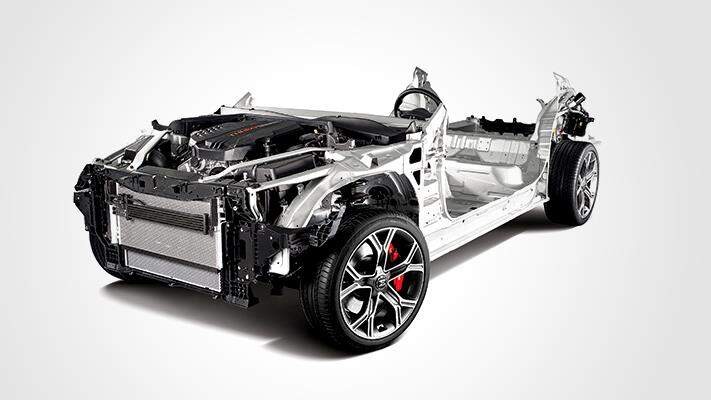All-Wheel Drive (AWD) is a common term in the automotive industry, often discussed alongside Four-Wheel Drive (4WD). While both systems distribute power to all four wheels, they serve different purposes. AWD is generally designed for a wider range of on-road driving conditions, whereas 4WD is typically optimized for challenging off-road terrains. This article provides an in-depth look at AWD, its advantages, disadvantages, and how it differs from 4WD.
AWD vs. 4WD in Various Driving Conditions
Both AWD and 4WD enhance traction in adverse weather conditions such as snow and rain. Distributing power to all four wheels provides superior grip, reducing the likelihood of skidding or losing control. If you live in an area with frequent snow or icy conditions, investing in either system can significantly improve safety and handling. However, AWD systems often have an edge in consistently snowy conditions due to their ability to react more quickly to changing traction needs. Many modern AWD systems also include selectable “snow” or “low traction” modes to optimize performance.
 AWD and 4WD drivetrain comparison
AWD and 4WD drivetrain comparison
Pros and Cons of All-Wheel Drive
One of the key advantages of AWD is its ease of use. Unlike some 4WD systems, AWD typically operates automatically, without requiring the driver to manually engage or disengage the system. The system continuously monitors wheel traction and distributes power as needed. AWD is available on a variety of vehicles, from sedans to SUVs, offering a broad range of choices.
AWD excels in everyday driving situations, providing enhanced stability in dry, wet, and snowy conditions. However, it might not be as effective in extreme off-road conditions as a dedicated 4WD system. Conversely, 4WD systems are built for rugged terrains like gravel, sand, and steep inclines. Many newer 4WD systems can automatically switch between 2WD and 4WD, optimizing fuel efficiency when extra traction is not required.
While both AWD and 4WD offer benefits in inclement weather, they also come with a downside: reduced fuel efficiency. The added weight and complexity of these systems generally lead to lower MPG and higher fuel costs.
Lesser-Known Facts About All-Wheel Drive
While AWD is well-known for its benefits in snow and ice, its advantages extend beyond these conditions. AWD can improve acceleration on dry pavement by providing more traction to all four wheels. This enhanced grip allows for quicker launches and improved overall performance, which is why some sports cars are now equipped with AWD.
The Kia Stinger GTS, for example, features a dynamic AWD system with a drift mode, appealing to drivers who enjoy performance driving. While based on the standard Stinger’s AWD system, the GTS version can send a greater proportion of power to the rear wheels when in Sport mode, enabling controlled drifts.
Electronic AWD systems are becoming increasingly common in luxury vehicles. These systems often prioritize rear-wheel drive (RWD) under normal driving conditions to maintain a sporty feel and improve fuel economy. However, when sensors detect a loss of traction, the system instantly transfers power to the front wheels to maintain stability. This electronic AWD allows drivers to enjoy the nimble handling of RWD and the added safety of AWD.
Conclusion
All-Wheel Drive provides enhanced traction and stability in various driving conditions, making it a worthwhile investment for those living in areas with frequent inclement weather. While AWD might not be the best choice for extreme off-roading, its automatic operation and versatility make it an excellent option for everyday driving. Ultimately, the best drivetrain for you depends on your individual needs and driving habits. Consider where and how you drive most often to determine whether AWD or 4WD is the right choice.